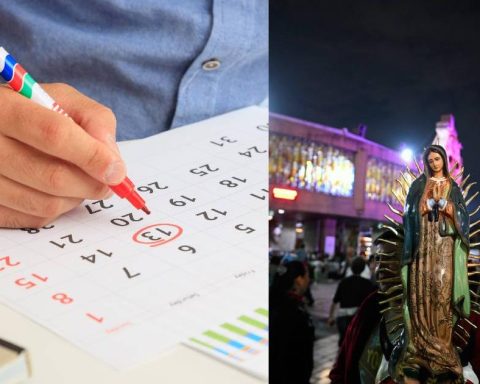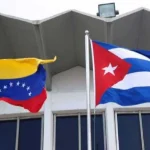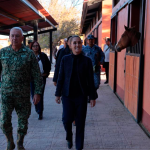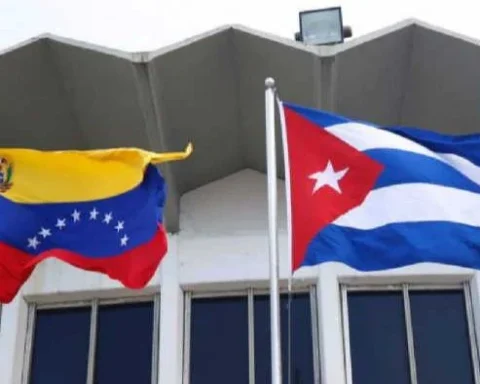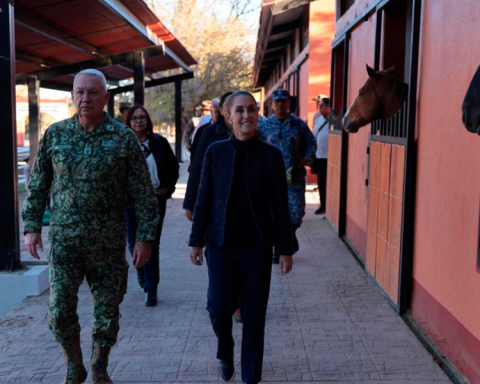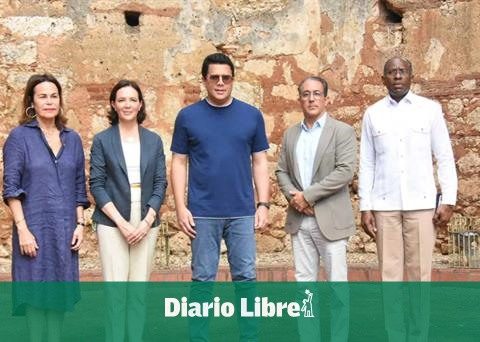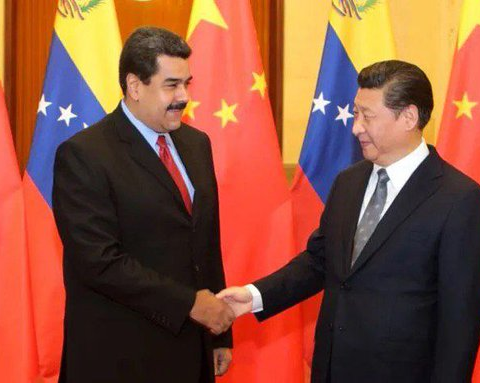The ambitious plans you have the government of Gustavo Petro for different social sectors already have additional resources, because on Friday the Ministry of Finance finally filed the budget addition project before Congress.
(See: There is a budget addition for $25.4 trillion: what will it be used for).
The article, which is made up of only four points, proposes a global amount of $25.4 billion. As explained by the head of the portfolio, José Antonio Ocampo, “spending is increased by $23.2 trillion in accordance with the commitment of the National Government, as a result of the resources of the tax reform and greater capital resources”.
The other $2.2 trillion correspond to own resources and special establishments, financed by means of rates, contributions and fines. In addition, as explained by the minister, an additional $1.5 trillion will be allocated for the payment of debt, due to the adjustment in the exchange rate.
(See: Minister of Finance delivered details of the addition to the Budget).
In the presentation of the addition, the Treasury clarified that the net addition to the General Budget of the Nation is actually $8.6 trillion, This is because appropriations are reduced for $18.4 trillion that were assigned in the Budget last year to the Fuel Price Stabilization Fund (Fepc). Said payment will be handled as a direct compensation between the Nation and Ecopetrol.
Therefore, the General Budget would reach an amount of $414.2 billion, an increase of 2.1% in relation to the current amount approved ($405.6 billion). With this, the allocations in investment they would reach $86.5 trillion, 16.5% above the $74.2 trillion initially approved. In the case of debt service, This would increase from $77.9 trillion contemplated in the budget law for the 2023 term to $79.5 trillion.
“There is a small addition to the debt service, of $1.5 trillion, basically due to exchange rate adjustments, which increases the debt service in foreign currency”, explained the minister.
(See: Budget addition: the dilemma between spending and lowering the deficit).
In the case of operating expenses, the budget reflects a reduction of $5.2 trillion, with which the concept would go from $253.4 trillion to $248.1 trillion. “The recomposition of financing sources and the reduction of some items, mainly the one destined to pay the FEPC deficit, make it possible to increase the spending destined to finance priorities of this government”, indicates the project.
The Budget for 2023 is more than 400 billion pesos.
iStock
When reviewing the net balances of the Budget with the addition proposal, it is noted that the largest readjustment goes to the social inclusion sector, with an additional $5.6 billion.
(See: Tax and Budget, Petro’s first achievements in his presidency).
As explained by the Deputy Minister of Finance, Diego Guevara Castañeda, to complete the $5.6 billion mentioned in the explanatory statement, $1.8 billion of the $23.2 billion of additional spending sought by the project was allocated, and also, “there is a reduction in the Treasury for $3.8 trillion that is added in Social Inclusion”.
According to the project, $5 billion of these resources are directed to the Conditional Cash Transfers program, that is to say, in subsidies; $200,000 million would be for reparation and compensation to victims.
And with own collection resources from the entities of the sector, $424,000 million are added to the ICBF for early childhood care. Thus, the sector would go from having $17.8 trillion to $23.4 trillion, an increase of 31.5%.
Other significant increases would come from the side of education and health, with $4.5 billion and $3.5 billion respectively. In the education sector, the budget would then amount to $59.3 billion, an increase of 8.2%. There, according to the project, $3 billion will guarantee the payment of the payroll of pensioners of teachers affiliated with the National Fund for Social Benefits for Teachers (Fomag). The remaining $1.5 billion will go to the Generation of Peace, Revolution in Educational Infrastructure and Fight against Hunger programs.
(See: What MinTIC says about other internet options in remote areas).
In the health sector, the addition contemplates reaching $53.8 billion, an increase of 7%. This would be transferred to the ADRES and $231,000 million would be invested in operations to meet the needs of hospital infrastructure.
But in relative terms, these are not the sectors that increase their budget the most. In the case of statistical information, the amount is almost doubled, since $494,000 million are added, for a total of $1.12 trillion, that is, 78.2% more.
There, in the case of Dane, the addition of $100,000 million is expected for the collection of statistical information and the strengthening of the sector, while for the Agustín Codazzi Geographic Institute (IGAC) resources are added in investment expenses for $394,000 million, especially for updating and managing the Multipurpose Cadastre.
Another sector that stands out for its budget increase is the agriculture, with an increase of 73.4%. The project estimates a net addition of $3 trillion to the $4.09 trillion that was approved in 2022, with which the sector would total $7.1 trillion.
(See: Health reform: what Petro could do if they approve the project).
According to the project, “They are added for Comprehensive Rural Reform, the fight against hunger and food security, through the purchase of land, the promotion of the production of green inputs at the national level, and programs that encourage the use of this type of input in agricultural production.”.

Minister of Finance, José Antonio Ocampo
Treasury
Resources for other sectors
The budget also proposes an additional $1.6 billion for mines and energy, for a total of $9.1 trillion, an increase of 20.4% compared to the current amount. These would go for subsidies of energy and gas to care for 13 million homes in strata 1, 2 and 3; the development of energy transition investment projects, prior consultation and the mining window and for the environmental evaluation of mining projects.
For living place it would be $1.5 trillion more, for a total of $7.93 trillion, especially for subsidies, while in transportation the addition would be $1.3 trillion, for a total of $16.1 trillion. These will go to tracks, regional airport infrastructure, to the railway network and to improve the navigability of the Magdalena River.
LAURA LUCIA BECERRA ELEJALDE
Journalist Portfolio



